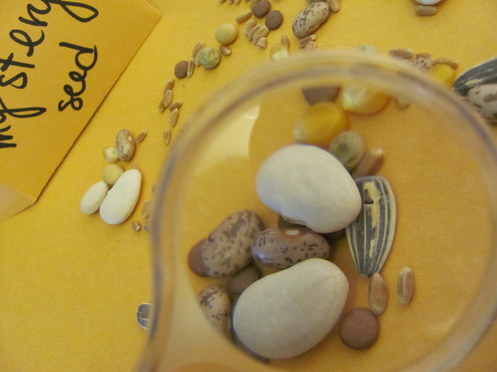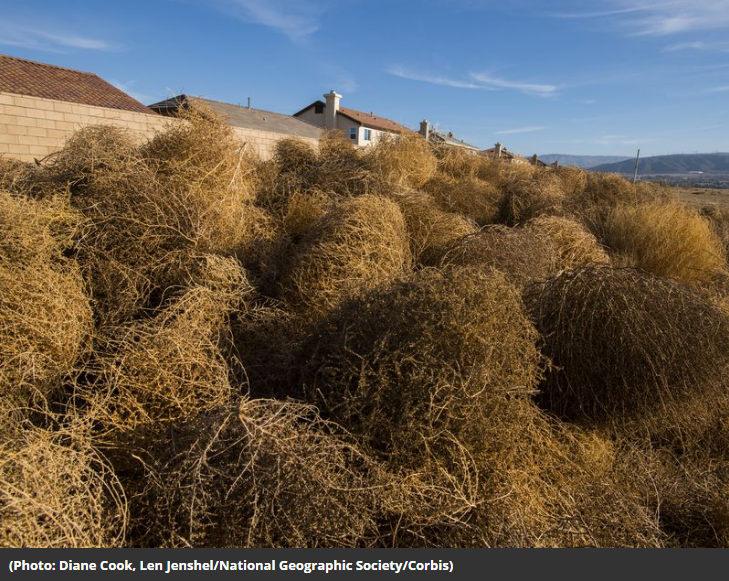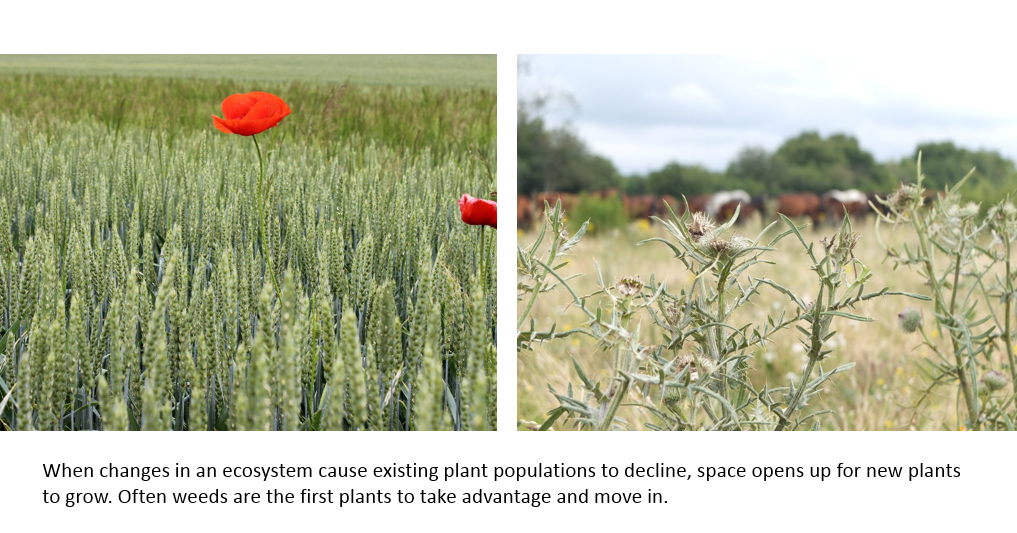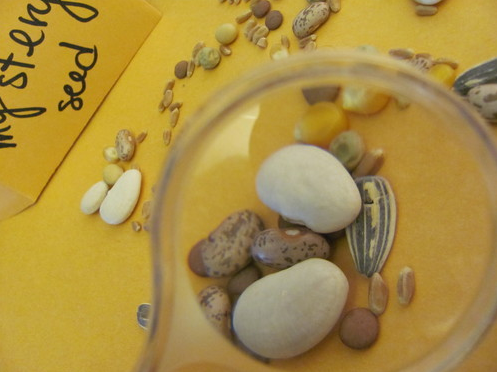The goal of a single-access or dichotomous key is to take an object or organism that is unknown and, following the key, make a positive identification of the item. Scientists use a detailed language to communicate with precision to others who read their work. Whether the reader is on a different continent or even generations into the future, they should be able to identify the same item using the same classification scheme.
Though classification may seem like a complicated scientific process, it is actually intuitive and useful in both scientific and real-world settings. Taxonomy or taxanomic classification is a practice used by scientists to classify living and nonliving items for the purpose of identification. For example, farmers who grow row crops want to eliminate as many weeds as possible in order to ensure that they can harvest only the plant that they intend to sell. Knowing the identity of the plants in a field, both wanted and unwanted, is important in helping a farmer target and eliminate any weeds that might interfere with their harvest. To make a positive identification, farmers may rely on a dichotomous key, observing characteristics like the presence or absence of a defined stem; the type and texture of the leaves; the kinds of flowers; and the type of fruit, pod, or other seed casing that the plant produces. Every species of plant has its own, individual characteristics; these unique traits are the basis for creating and using a dichotomous key.
Without people, there would be no weeds. A weed is simply a plant that is undesirable to people in the location it is growing. The same plant can be a weed in one location and a desirable crop in another. For example, many homeowners consider dandelions growing in their lawns to be weeds. However, in Italian cuisine, dandelions are considered a desirable vegetable and in other cultures, dandelions are an important medicinal herb.
Most weeds grow and spread aggressively, outcompeting more desirable plants. Many weeds are invasive species, meaning they have been introduced (they are not native) to an environment in which they have a tendency to spread rapidly, causing damage to the environment, human economy, or human health. However, some native species are also considered weeds. Often weeds become a problem in disturbed environments. When a change in the physical or biological components of an ecosystem damages existing plant populations, space opens up for weeds to move in.
Weeds are of particular concern in agriculture. Agricultural ecosystems are regularly disturbed by actions such as tilling and grazing. Farmers and ranchers use a variety of methods to control weeds. These methods can be grouped into five main categories: preventative, cultural, mechanical, biological, and chemical weed control. Preventative controls focus on limiting the spread and establishment of weed seeds. Cultural weed control includes any action that creates conditions that favor desirable plants over weeds, including targeting fertilization and irrigation to the particular needs of the crop. Mechanical weed control includes any action that physically removes, kills, or prevents the growth of weeds. Biological methods focus on using living organisms, such as insects or plant pathogens, to control weed populations, and chemical methods utilize herbicides to kill or interrupt the growth of weeds.
These methods of weed control may also be used by homeowners, public land managers, and others. Some weeds are so problematic that it requires the cooperation of entire communities to control their spread. In 1975 the Federal Noxious Weed Act established a Federal program to control the spread of noxious weeds. Only the most damaging and fastest spreading plants get designated as noxious weeds. Noxious weeds can change habitats, block waterways, poison livestock, reduce farmers harvests, interfere with traffic on roads, and more. The first step in controlling these damaging plants is identification. Teaching students how to use a dichotomous key will equip them to be more responsible stewards of the ecosystems they live and play in.



